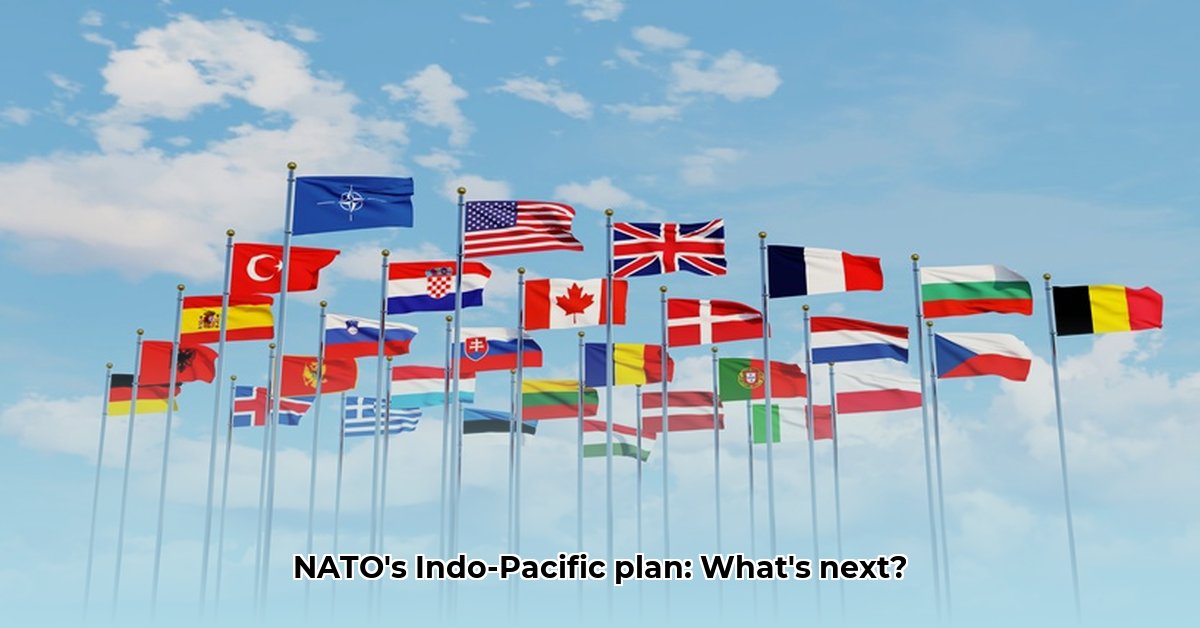
NATO's Expanding Footprint in the Indo-Pacific
NATO, traditionally focused on the Euro-Atlantic area, is increasingly engaging with the Indo-Pacific region. This shift reflects evolving global security concerns, particularly the rise of China and the need for stronger international cooperation. The recent live-streaming of a key NATO meeting marks a significant step towards greater transparency in the alliance's evolving strategy. This raises the crucial question: how will this increased visibility impact regional stability and global security?
Decoding the Live Stream: Awaiting Details
Currently, comprehensive details regarding the content of the NATO live stream remain unavailable. Access to recordings and transcripts is essential to comprehensively analyze the event. However, the very act of live-streaming a meeting of such significance is noteworthy. This suggests a move towards increased transparency within NATO's decision-making processes, potentially fostering greater understanding and trust amongst its members and partners. Once the stream's contents are made public, an updated analysis highlighting specific discussions, announcements and policy decisions can be provided. This will enable a deeper examination of the participants, their interactions and the overall tone of the discussions, informing our understanding of the alliance's plans.
Analyzing the Implications: A Multifaceted Perspective
Even without full access to the live stream's contents, the broader implications of NATO's increased Indo-Pacific engagement are evident. The simple act of partnering with Indo-Pacific nations demonstrates a commitment to addressing shared security challenges. However, the potential impact varies significantly across stakeholders:
| Stakeholder | Potential Upsides | Potential Downsides |
|---|---|---|
| NATO Member States | Strengthened security partnerships, shared responsibilities. | Increased resource strain, potential conflicts with existing allies. |
| Indo-Pacific Partners | Access to advanced technologies, enhanced geopolitical support. | Possible entanglement in great-power rivalries. |
| Global Community | Greater stability, improved global security communication. | Heightened tensions, miscalculations and misunderstandings. |
The success of this strategy hinges on effective collaboration and careful management of geopolitical risks. The live stream, once available, will offer vital insights into how these challenges are being addressed.
Looking Ahead: Transparency and the Future of Global Security
The long-term consequences of NATO's enhanced Indo-Pacific engagement and its commitment to increased transparency via live-streaming remain uncertain. While such transparency can foster trust and collaboration, it might also reveal vulnerabilities or internal disagreements amongst allies. The impact on regional stability depends heavily on sustained political commitment amongst NATO members and Indo-Pacific partners, alongside effective communication and burden-sharing. The events broadcast will serve as a major indicator of NATO’s long-term commitment to open communication and cooperation. Will this lead to a more stable world, or will it exacerbate existing tensions? Only time will tell.
Key Takeaways and the Road Ahead
- Increased Transparency: NATO's move towards live-streaming key meetings represents a significant shift towards openness and accountability.
- Evolving Geopolitics: The alliance's strategic focus on the Indo-Pacific reflects the changing global security landscape and the need for multilateral partnerships.
- Uncertain Impacts: The long-term consequences of NATO's actions will depend on effective collaboration, resource allocation, and careful navigation of complex geopolitical dynamics.
The analysis presented here will be updated and enhanced once detailed information from the NATO live stream becomes available. Further insights into the specific discussions, announcements, and agreements will provide a more complete picture of this pivotal development.